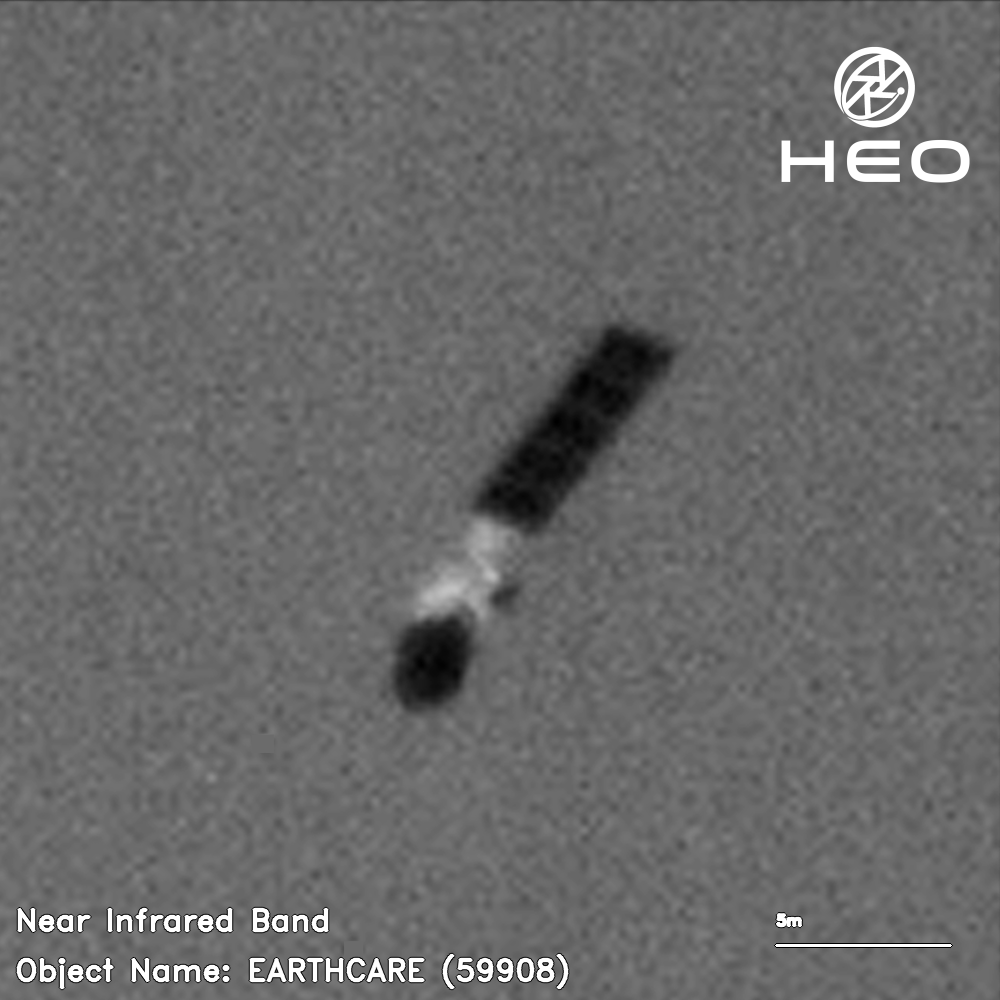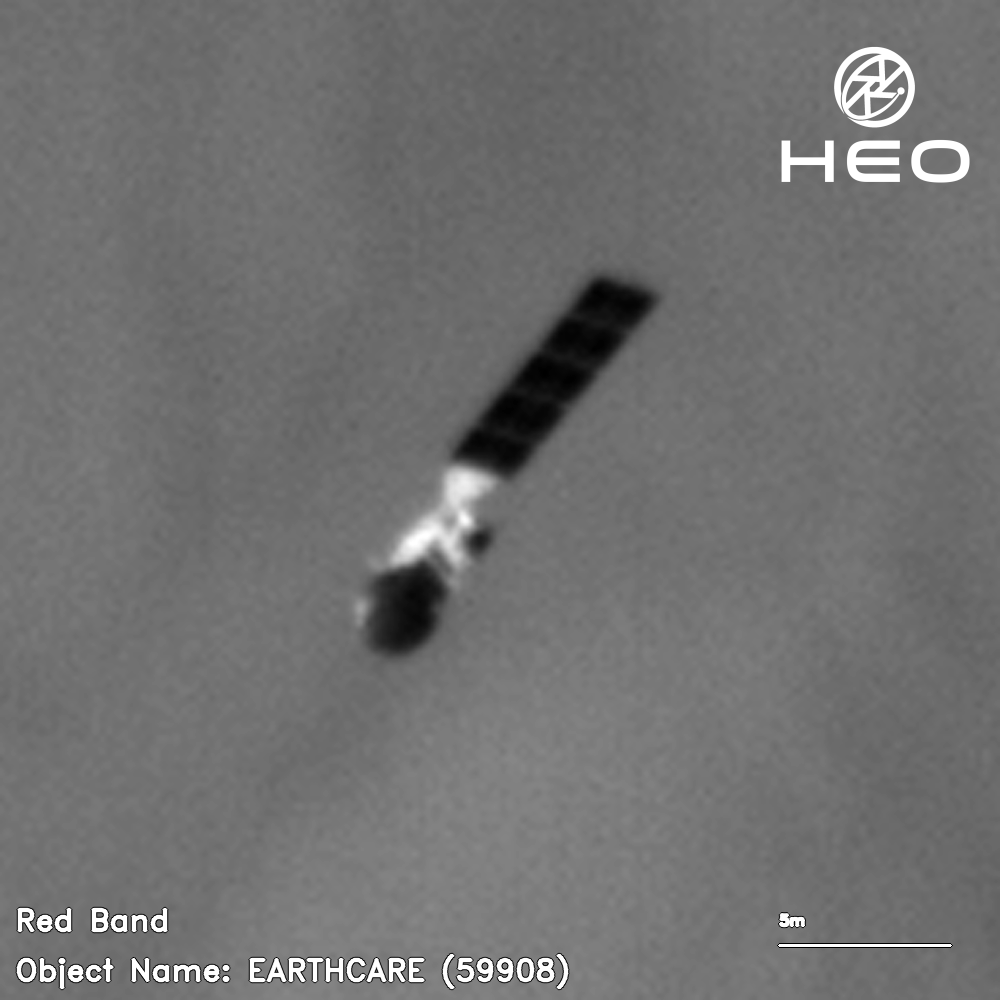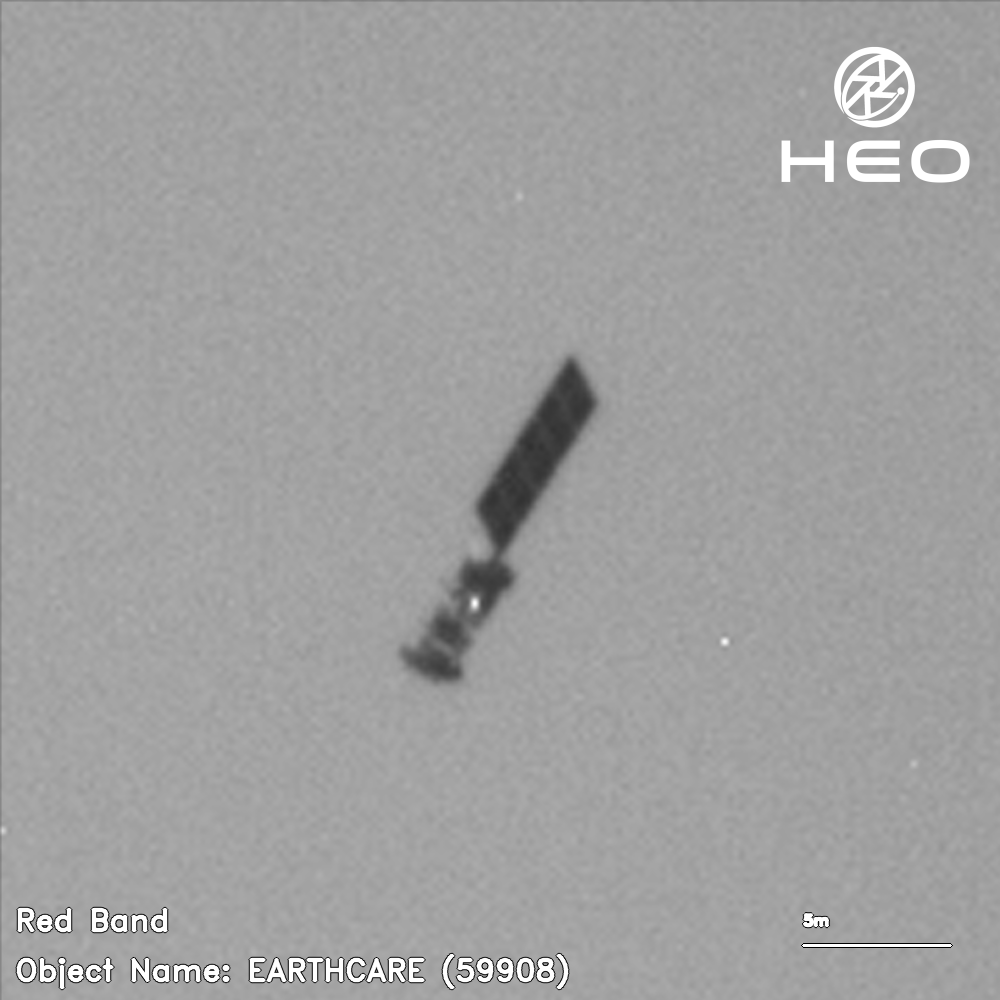As space activities increase, the domain is getting crowded with all kinds of objects – and there’s a strong need for “civil space monitoring”. Old rocket parts, spacecraft fragments and other orbital debris threaten collision with satellites. A collision event could cause downtime for services humans rely on every day.
The Australian Space Agency is refining its civil space monitoring capabilities, thanks to collaboration with Sydney-based space company HEO. They have recently worked together to identify unknown objects in support of space situational awareness initiatives.
The need for civil space monitoring
The Agency’s Civil Space Monitoring Pathfinder (CSMP) team has been investigating various processes and tools to support civil space monitoring for the Government in the future.
At times satellites on large rideshares may have well tracked orbits, but their identity is unknown and needs to be investigated simultaneously, also known as uncorrelated track (UCT).
“This has been the perfect opportunity to workshop what a monitoring capability should and could do with the resources available internally to the Agency and those out in industry,” Australian Space Agency Assistant Director – Civil Space Monitoring Ed Betar said.
“We started to work through and document a process that we could utilise in the future – this included leveraging various data sources to identify the known manifest to the number of objects being tracked from that launch.”
“We also examined the various characteristics including sizes, frequencies that they may be transmitting, radar cross sections, orbital characteristics including drag to help identify each satellite that was of interest,” he said.
Some satellites were not transmitting. In other cases the operators did not have communication with their satellite. The CSMP team explored how they could get better observations of the physical object to help identify the spacecraft.
Enter HEO, the space imaging specialists
HEO uses their non-Earth imaging (NEI) technology, HEO Inspect, to image spacecraft in orbit so they can be analysed and catalogued. This may include newly launched or unidentified space objects.
“Our software processes over 30,000 objects in orbit to automatically predict imaging opportunities between satellites in our sensor network and the unknown space objects,” HEO’s CEO and Co-Founder Dr Will Crowe said.
“It will then task our satellites in space to collect new non-Earth imagery of the unknown satellites.”
“Once the satellite completes the NEI mission and returns the image to our software, we use our proprietary tools to identify features on the spacecraft that are unique to it, such as an antenna, solar panels, its size, or different subsystems, streamlining the identification process.”
“Using this new data, paired with open-source and publicly available information, we're able to accurately identify each satellite based on what we see in space and what it is supposed to look like,” he said.
In one case, the Agency was studying a set of four satellites but they hadn’t been 100 per cent identified. The CSMP team worked closely with HEO to help refine their process in how to image and identify the satellites.
Getting close enough to the objects to image them with high resolution is a challenge. However, HEO worked with the Agency to use multiple phenomenology (types of data), to provide key information from several sources for accuracy.
“This has highlighted the importance of being able to communicate with industry, not just Australian operators but international operators, and pass on critical information to help resolve this challenge,” Mr Betar said.
HEO had to rapidly expand their capability as part of the collaboration. They needed to develop their sensors in space to be able to image objects in a new region.
“This enhanced capability has allowed HEO to collect higher-quality non-Earth imagery and data, and image a region in space that proved to be difficult,” Dr Crowe said.
“HEO is now using this capability to sell more NEI and data to international customers.”
HEO are also looking at ways to progress their technology, so their imagers are more powerful and accurate. The company is continuing to scale their operations and have received funding support for their Holmes Imager from the Australian Space Agency, via the Moon to Mars Supply Chain Capability Improvement Grant.

Space-cams protecting satellite services on Earth
Main image: The HEO team at the Space Forum in July 2024.



